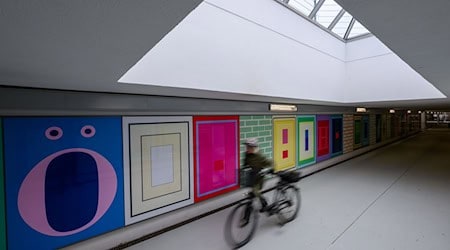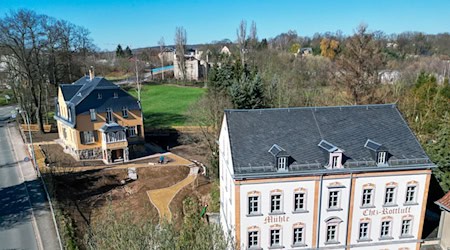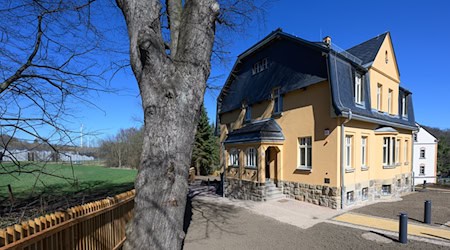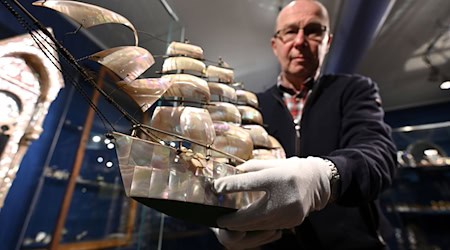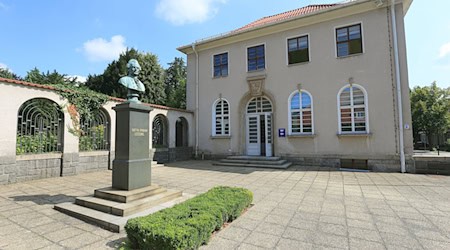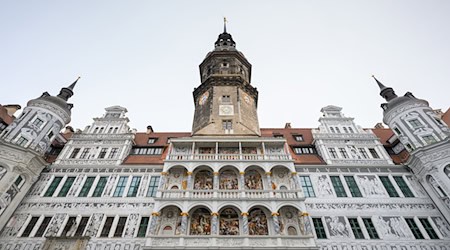Despite restitution, an important modernist painting from Wrocław identified as a Nazi-looted work remains in the collection of the Silesian Museum in Görlitz. The painting "Aechma fasciata mit Jahrhunderthalle [o. T.]" by the Silesian artist Oskar Moll (1875-1947) was acquired with financial support from the federal government, the Kulturstiftung der Länder and the Free State of Saxony.
"A very good solution" has been found with the heirs of the former owner so that it remains accessible to the public, said Markus Hilgert, Secretary General of the Kulturstiftung der Länder. Görlitz is "the ideal place to present the work in the context of German-Polish history".
The Minister of State for Culture, Claudia Roth, thanked the heirs for their "generous cooperation". "Germany has a duty to consistently continue to come to terms with the Nazi theft of cultural property and to contribute to alleviating the injustice suffered by finding amicable solutions," she said, explaining the support for the restitution and repurchase of the Görlitz painting, which reflects an important era in German art history.
Painting by Jewish art collector disappeared after he fled
The artwork belonged to the Jewish art collector Otto Wachenheim (1886-1969). He came from Mannheim, lived in the Netherlands from 1923 and fled persecution to the USA in 1939. His art collection of Impressionist and Modernist works also remained behind in his house in Amsterdam. It was used by the German occupation authorities, and art objects were presumably lost when they moved out in 1944.
In 2000, the Görlitz Museum acquired the Moll painting after it appeared on the art market. In 2009, Wachenheim's description of a "book still life" was added to the "Lost Art" database. The heirs' lawyer thanked the museum for the clarification. The restitution means so much to the descendants "because it not only acknowledges the injustice that their great-uncle and great-granduncle suffered during the Nazi era, but also makes at least some amends".
Artist defamed by Nazis
Moll was "an outstanding representative" of "Wrocław Modernism", who shaped the development of Silesian art in the interwar period, said museum director Agnieszka Gąsior. Moll studied in Munich and Berlin under Lovis Corinth, among others, and was a student of Henri Matisse in Paris. After closing the academy in Breslau (Wrocław), he went to Düsseldorf - from 1933 he was defamed by the Nazis as a "degenerate artist".
Copyright 2025, dpa (www.dpa.de). All rights reserved

![Painting "Aechma fasciata with Century Hall [o. T.]" by Silesian artist Oskar Moll remains in the Silesian Museum in Görlitz. (Archive photo) / Photo: Sebastian Kahnert/dpa-Zentralbild/dpa Painting "Aechma fasciata with Century Hall [o. T.]" by Silesian artist Oskar Moll remains in the Silesian Museum in Görlitz. (Archive photo) / Photo: Sebastian Kahnert/dpa-Zentralbild/dpa](https://cdn.pblzr.de/e08acf9f-4dbb-4687-ab91-95afdc6aa0ce/2025/02/gemaelde-der-breslauer-moderne-bleibt-in-goerlitzer-museum-250204-935-437731_L.jpeg)

